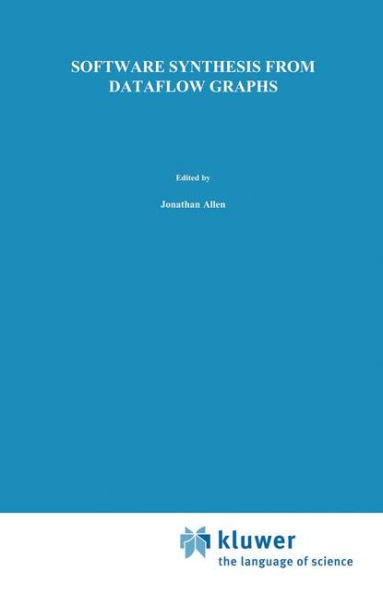5
1
9780792397229


Software Synthesis from Dataflow Graphs / Edition 1 available in Hardcover

Software Synthesis from Dataflow Graphs / Edition 1
- ISBN-10:
- 0792397223
- ISBN-13:
- 9780792397229
- Pub. Date:
- 05/31/1996
- Publisher:
- Springer US
- ISBN-10:
- 0792397223
- ISBN-13:
- 9780792397229
- Pub. Date:
- 05/31/1996
- Publisher:
- Springer US
109.99
In Stock

Product Details
| ISBN-13: | 9780792397229 |
|---|---|
| Publisher: | Springer US |
| Publication date: | 05/31/1996 |
| Series: | The Springer International Series in Engineering and Computer Science , #360 |
| Edition description: | 1996 |
| Pages: | 190 |
| Product dimensions: | 6.14(w) x 9.21(h) x 0.24(d) |
From the B&N Reads Blog
